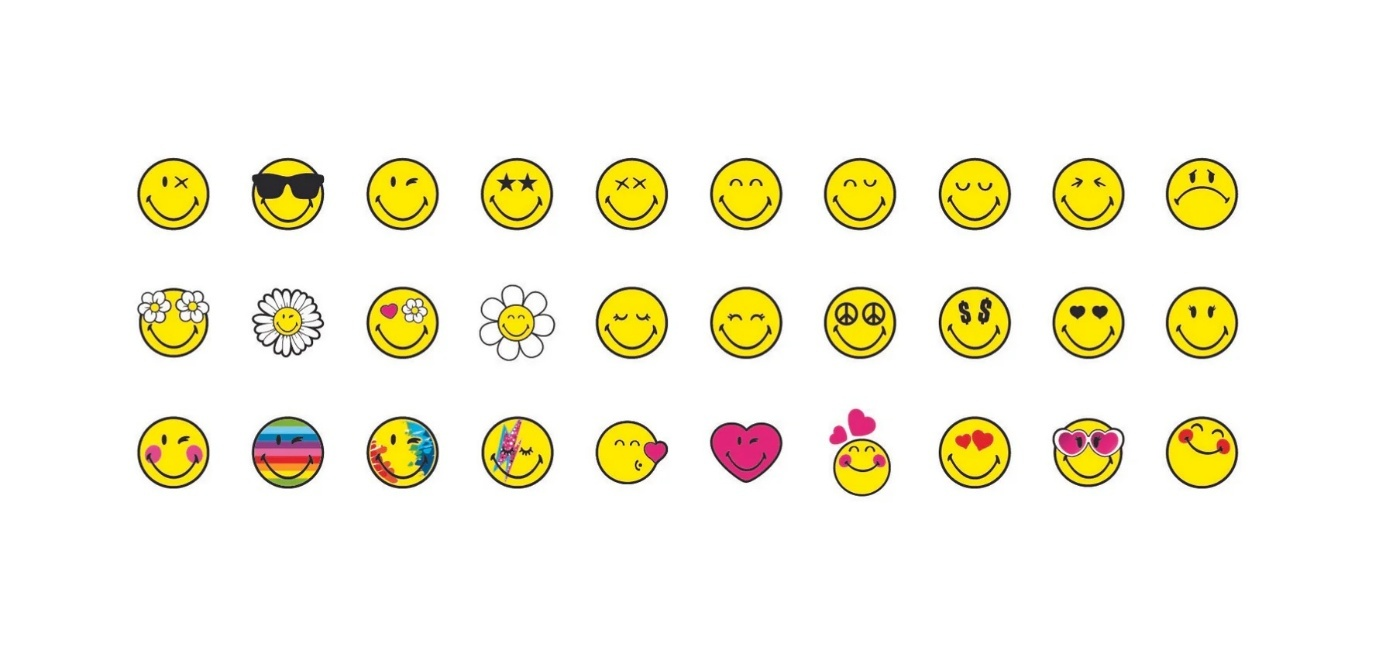Nicolas Loufrani: Biodiverse Emojis
3 Mins Read
Published on: 16 January 2025
Last Updated on: 23 January 2025

Franklin Loufrani founded the Smiley Company to spread a global message of hope and positivity. Mr Loufrani created the original Smiley in 1972 as part of a ‘feel-good’ campaign published by France Soir designed to lift public mood at the time.
Franklin Loufrani’s iconic Smiley face has become a logo of optimism and joy that is today recognised all over the world. Simultaneously, the Smiley Company has grown to become one of the largest licensing companies worldwide.
Nicolas, Franklin Loufrani’s son, joined the Smiley Company in 1996. While Nicolas Loufrani is not the emoji owner or creator, he said that emojis had undoubtedly been inspired by Smileys in a 2017 interview with Vice.
Nicolas Loufrani took his father’s original Smiley face icon and developed an entire language around it, using Smiley to portray a wide range of emotions. He came up with the concept of a Smiley in sunglasses to mean ‘cool’ and a Smiley with hearts as eyes to express love. In addition to emotions, Nicolas Loufrani also developed several other graphical emoticon categories – including sports, objects, food, celebrations and more – that were subsequently adopted by leading tech companies when they launched their emojis.
Whether using iOS, Android, Messenger or WhatsApp, the Unicode Emoji Subcommittee is responsible for approving all stock emojis available today. However, in recent years, biologists have suggested that the library is insufficient and too skewed towards animals like lions, tigers and bears, leaving plants, fungi and microorganisms underrepresented. In 2019, in an interview with the Standard, Nicolas Loufrani said that the Unicode should have thousands more icons and restricts freedom of speech.
As the body responsible for deciding which stock emojis appear on all apps, the Unicode Emoji Subcommittee updates the catalogue regularly, such as adding more human skin colors and genders. With emojis forming such a major part of global communication today, biologists suggest that a more varied biological emoji catalogue could aid conversations around conservation and biodiversity. In an increasingly digitised society, scientists are calling upon the Unicode Emoji Subcommittee to recognise the potential of emojis to improve awareness and foster appreciation of diversity of life on earth.
The University of Milan recently conducted a project categorising every emoji related to animals and nature. Using the website Emojipedia to analyse the current line-up, researchers found that while there were 92 animal emojis there were only 16 plants and just one solitary fungus and microorganism. Even among animals, the team found a diversity issue. For example, while Emojipedia includes multiple bears and a very genus-specific bald eagle, animals like crocodilians and ants are only identified at a family or genus level. Overall, 76% of animal emojis are vertebrates while just 16% are arthropods, 4% are molluscs, 2% are cnidarians and 1% are annelids, with platyhelminth or nematode icons.
Researchers from the University of Milan described this divide as ‘problematic’, although they conceded that biodiversity did appear to be increasing in Emojipedia. Compared with the catalogue for 2015, the number of animal emojis had more than doubled, with annelids added in 2020 in the form of a nondescript worm. The first cnidarian emoji appeared the following year in the form of a coral.
The University of Milan paper, which was published by iScience, points out that emojis facilitate the direct expression of emotions and ideas in digital communication, as well as contributing to discussions on biodiversity conservation. However, as the paper explains, the ability of emojis to represent the ‘tree of life’ remains largely unexplored. Although current emoji catalogues embrace a broad range of animal species, many other genera remain underrepresented, particularly microorganisms and fungi. The team from the University of Milan have called upon the Unicode Emoji Subcommittee to approve more emojis portraying underrepresented genera, thereby showcasing the importance of biodiversity for biosphere functioning.
ADDITIONAL READING:



















Comments Are Closed For This Article